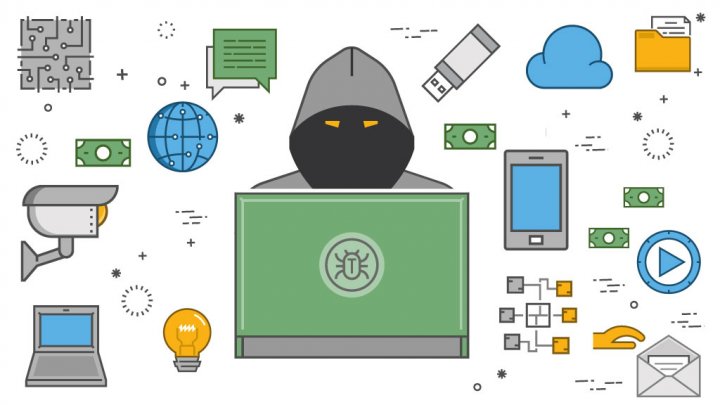
The most well-known forms of cyberattack in recent months
Today, IT risks have multiplied.
The general containment of populations to combat the spread of coronavirus has allowed the development of another problem, the explosion of cybercrime. At all times hackers are on the lookout, ready to attack your computer system, and your digital data. Hacking techniques are varied, and each time cybercriminals adapt security solutions developed either by companies or by individuals to protect their personal or business information.
This article will also interest you: Cloud-proof IT risk
But they don't just go after the data. Computer terminals, which can be advantageous for cyber-friendly projects, are also targeted. In this article, we will discuss some of the methods used by cyber-malveillance to achieve their goals
1- Phishing
Phishing, still known as phishing, is a classic in cybercrime. Indeed it is a technique that is very common if not the most common. The majority of computer incidents were initiated on the basis of phishing. Its operation is very simple. Indeed, phishing works on the basis of bait. Cyber-prisoners send a message that aims to bait is the target. These could be messages from an acquaintance, a company, or a public organization, or even a stranger proposing to carry out certain activities in the person's best interest. The key to this message is a link to a website. The website concerned here and surely a platform that is managed by cyber criminals and whose goal is to push the person to enter personal information that they will collect later. In some alternatives, when the target clicks on the link, a malicious code runs automatically and a program will install on the person's terminal. A spy program in most cases that will allow criminal here to have access to the information of the target person.
2- Ransomware
Ransomware still called in English Ransomwares are computer programs in use by cybermalence has exploded over the past 5 years. Cybersecurity specialists alike called 2019 the year of ransomware. Decisions about ransomware. As the name suggests, these are computer programs designed specifically to hold the computer systems of companies or organizations hostage, and then require the payment of ransom by those in charge of these systems. Without this, access to the information contained in these systems will be impossible for them.
This method of computer attack is widespread today. Faced with the refusal of victims to pay the ransom, cyber criminals had to change their system. In fact, they are no longer content to take computer systems hostage. It now threatens targets with disclosing their personal information if the ransom demanded is refused.
3- Attack from a corrupted website
It is a form of cyberattack almost widespread but unknown to most web service users. Indeed, when you visit a website, especially websites that do not meet the security requirements, or even some that have been corrupted over time, you are very lucky to come across malware that is just waiting for your connection to infect you. Unfortunately these are downloads that happen without the user's knowledge.
"This hacking technique involves launching drive-by downloads taking advantage of known vulnerabilities in software or websites. Hackers use these security vulnerabilities, either to integrate malicious code into a website or to redirect the victim to another site they control that hosts software known as "operating kits." Operating kits allow hackers to identify specific weaknesses in the device and run the code in the background without any user intervention. This form of computer hacking is one of the most insidious. explains a cybersecurity expert.
4- Remote computer attacks by the RDP
Whether it is for a company with the same particular, combating acts of cyber malice is very difficult especially when you are alone. It is therefore not uncommon to request the intervention of computer security specialist. Especially when you're in the circle of attacks that directly affect the RDP protocol, the computer's remote control tool.In principle this tool is very practical, for different use. Unfortunately, it can also allow cyber criminals to easily access the content of your device, control it as they wish and spy on you if necessary.
Now access an unlimited number of passwords:
